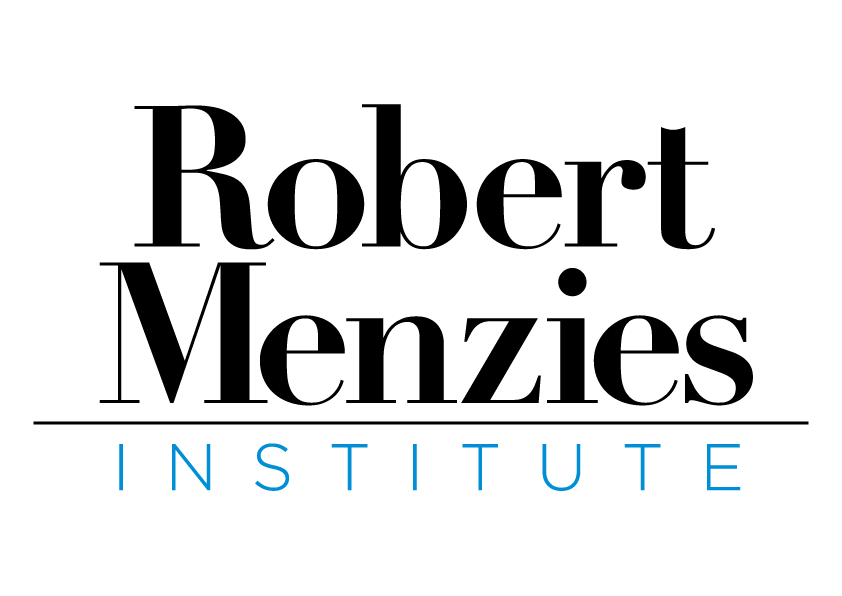Week 103: Dogs
Ylla, Dogs
The books in the Menzies Collection often reveal insights into their owner’s personality. That is certainly true of Menzies’s copy of Dogs, which reveals the warm sense of humour which accompanied Menzies’s dealings with his Cabinet, Coalition and Opposition colleagues.
Born in Vienna in 1911, Camilla ‘Ylla’ Koffler was a cosmopolitan figure, whose parents were of Romanian and Croation origin but were both Hungarian citizens. As a teenager, Camilla studied sculpture at the Belgrade Academy of Fine Arts, and ultimately decided to adopt the monicker ‘Ylla’ because her first name happened to be Serbian for camel. At the age of 20 she moved to Paris to further her studies in sculpture, and ended up finding work as a photo retoucher and assistant to photographer Ergy Landau. In 1932 she began photographing animals, and quickly discovered both a talent and a niche that would propel her to global fame.
Between the 1930s-1950s, Ylla would publish 14 books of animal photography, escaping the horrors of the war in her homeland by emigrating to America. Ylla had a flair for photographing both domestic and wild animals, and she would risk travel to all sorts of exotic locations to capture the latter. In 1953 she survived both a plane crash and near drowning, but two years later she was fatally injured when she fell from a jeep while taking photos of a bullock cart race during festivities in Bharatpur, North India.
Originally published in 1937 as Chiens par Ylla, Dogs was her first book which earned Ylla her initial reputation. The significance of Menzies’s copy is that it has been affixed with typewritten humorous captions to accompany the various images - all of which refer to Australian politicians. From context clues it appears that the captions were written sometime between the 1951 & 1954 elections, and some pages appear to have been removed possibly because their captions were too defamatory. Below you can see a wide range of examples accompanied by text explaining their context:
Henry George Pearce was the member for the marginal seat of Capricornia, whose personal popularity helped him survive a negative swing at the 1951 election.
Robert Garran was a respected lawyer who was involved in the push for federation and co-wrote the seminal book on the Australian Constitution. Surviving until 1958, he was long considered the leading constitutional expert in the country, and he also bore a loose resemblance to the dog pictured.
The Member for Petrie was Alan Hulme, a committed classical liberal who often criticised the Menzies Government for failing to live up to its anti-socialist rhetoric.
Walter Cooper was a Country Party Senator for Queensland who served as Menzies’s Minister for Repatriation, responsible for looking after returned soldiers.
While there has clearly been an attempt to hide the identity of the person referred to with blue pen over the name, ‘Bill’ is still visible. This was a reference to Billy McMahon, then a notorious bachelor.
Richard ‘Dick’ Casey was Menzies’s Minister for External Affairs, who was heavily involved in a dispute with Indonesia over Dutch New Guinea.
John Armstrong Spicer was a Senator for Victoria who served as Menzies’s Attorney General from 1949-56.
Eric Costa & Gil Duthie were Labor MPs who bore some resemblance to the dogs pictured.
Eddie Ward was Labor’s attack dog, infamous for fabricating the ‘Brisbane Line’ allegations. In 1950 he attacked Menzies for attending a lavish party at Charles Lloyd Jones’s home, forcing Menzies to humourously deny that he had drunk champagne & eaten lobster. In 1952 Ward accused Menzies of giving insider knowledge to David Jones Ltd. on import licenses. Menzies responded by offering to set up a Royal Commission into the matter on the condition that Ward give evidence without the protection of parliamentary privilege, which he had often exploited to make spurious allegations.
In 1951 Minister for Commerce and Agriculture John McEwen spent several weeks in London trying to negotiate an agreement for Australian meat exports which would stave off Australia’s major competitor Argentina.
Minister for Health Earle Page successfully negotiated the implementation of a Pharmaceutical Benefits Scheme after doctors’ organisations had successfully killed off Labor’s previous attempts - which they felt were a form of socialist control.
Minister for Fuel, Shipping and Transport George McLeay controversially pushed to sell off the archaic state-owned Commonwealth Shipping Line.
Minister for Social Services Athol Townley fought for the abolition of means tests in several areas, which he felt discouraged people from being productive. A larrikin who was into sport and called people ‘mate’, he would often barge into Menzies’s office to tell jokes.
Country Party leader Arthur Fadden served as Acting Prime Minister whenever Menzies went abroad - he once calculated that he’d served a full 692 days in the role.
Bill Wentworth, Fred Osborne, John Cramer, & John Howse were then all Lower House backbenchers - most later obtained ministries.
Menzies himself.



















